Guest columnist Craig Felton: A new bridge over the Conn. River is not asking too much
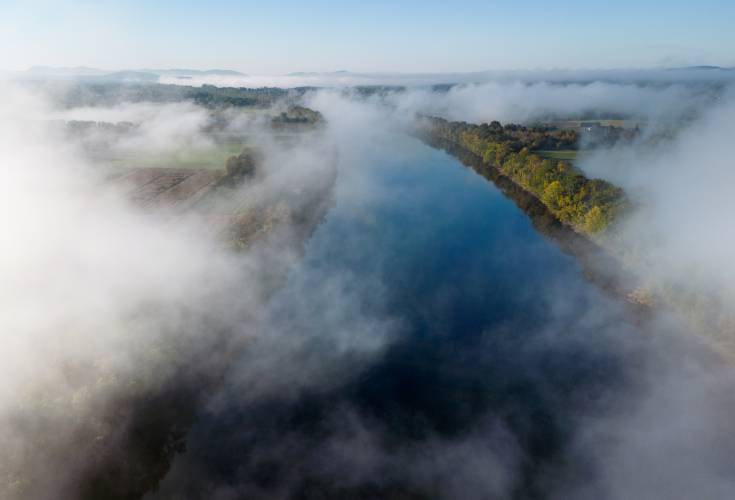
Fog rolls through across the valley over the Connecticut River in the early morning, looking south from Sunderland. STAFF FILE PHOTO/DAN LITTLE
| Published: 04-08-2024 6:05 PM |
I am grateful to the Greenfield Recorder for granting me space to add to Chris Larabee’s article: “Visioning workshop considers future of downtown (Sunderland)” [Recorder, April 2]. I am quoted, rightly, as saying: “Forget about the roundabout.” I will tell you the reason for that opinion.
Yes, indeed, the DOT, Franklin and Hampshire counties, and the town of Sunderland need to consider the increasing traffic at the intersection of Routes 116 and 47 in the center of Sunderland, but I believe the solution to this increasing problem of traffic needs first to consider the cause of the traffic, and then decide what might be done to alleviate the congestion.
Where does the traffic come from and why is it increasing each year?
Let’s go back to prime causes. I have been told that when Interstate 91 was planned in the 1960s, there was to be a bridge somewhere near the North Hatfield and Whately town line. That plan was scrapped because of cost. Since then, the University of Massachusetts Amherst has expanded faster and to a greater size than anyone had imagined and, of course, all paid for by taxpayers’ money.
UMass Amherst was founded in 1863 as a land-grant agricultural college earlier known as Massachusetts Agriculture College, often called “Mass Aggie,” which grew over the ensuing decades to become the University of Massachusetts in 1947. About four decades later, the name of Amherst was added to what had become the flagship of the commonwealth’s structure of universities. Research endeavors required more administrators, staff and faculty, and new buildings to house their specialties. In addition to the many undergraduate courses and programs, graduate studies at the highest level brought more students as well as acclaim to the university.
Today, in 2024, there are over 32,000 students at UMass Amherst, with about 1,800 faculty members and 4,500 staff supporting the various endeavors. More buildings were needed by the many programs that have been added over the decades: a major library building, a fine arts center, a studio art building, new administration buildings, science and research buildings, and dormitories, among others, were added to the campus. One must not forget the several new large buildings added for sports programs and events in addition to the stadium.
The traffic through Sunderland is extraordinarily high in the mornings and the late afternoons, quite probably caused by those who are working in whatever capacity at UMass Amherst. Students cannot be blamed for the traffic, because for the most part, those who live in the several apartment complexes in Sunderland do not need to use the intersection in the center of town, but can drive south on Route 47 or bypass the town center via Old Amherst Road to Route 116.
Article continues after...
Yesterday's Most Read Articles
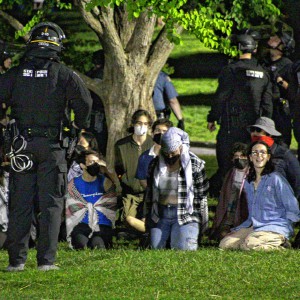 More than 130 arrested at pro-Palestinian protest at UMass
More than 130 arrested at pro-Palestinian protest at UMass
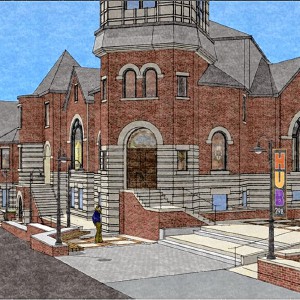 Public gets a look at progress on Northampton Resilience Hub
Public gets a look at progress on Northampton Resilience Hub
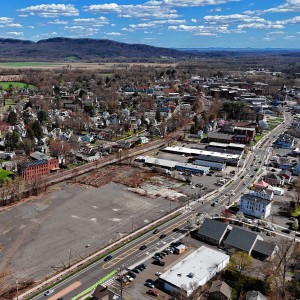 Northampton bans auto dealerships near downtown; zone change won’t affect Volvo operation on King Street
Northampton bans auto dealerships near downtown; zone change won’t affect Volvo operation on King Street
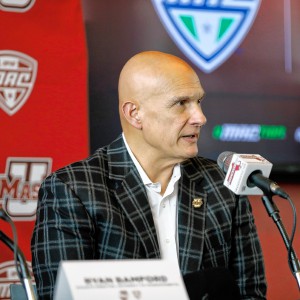 UMass basketball: Bryant forward Daniel Rivera to be Minutemen’s first transfer of the offseason
UMass basketball: Bryant forward Daniel Rivera to be Minutemen’s first transfer of the offseason
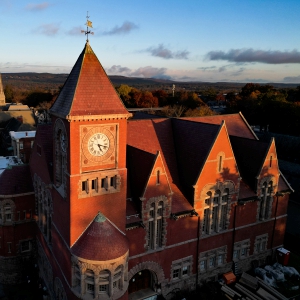 Town manager’s plan shorts Amherst Regional Schools’ budget
Town manager’s plan shorts Amherst Regional Schools’ budget
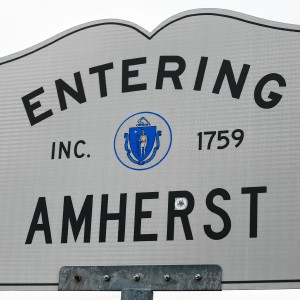 Police respond to alcohol-fueled incidents in Amherst
Police respond to alcohol-fueled incidents in Amherst
Until recent administrations, western Massachusetts has had little attention from the political leaders in Boston. Seemingly, Boston forgets that every time a water tap is turned on, they owe a debt of gratitude to the Quabbin Reservoir and special thanks to the towns that were “removed” to make this water possible for Boston. The administration of Gov. Charlie Baker paid increased attention to western Massachusetts, and now Gov. Maura Healey has devoted considerable time, effort and support, especially for farming endeavors, in the western half of the state.
This change in governmental attention is welcome and encouraging; however, attention needs to be given to the infrastructure of western Massachusetts. This brings me back to the 1960s proposal for another bridge across the Connecticut River, a bridge that would be of great benefit to UMass Amherst which, after all, is supported by grants as well as the commonwealth with taxpayers’ money. Such a new bridge, in turn, would greatly alleviate the traffic problem in Sunderland and the need to split the town apart with a roundabout.
My cry is to go to the cause of the problem and not simply to put on the Band-aid of a roundabout to solve a situation that will only become worse as UMass continues to expand. If Boston can build a new North Washington Street Bridge, and Brattleboro, Vermont, can build a new bridge over the Connecticut River, surely a new bridge over the Connecticut River between the Calvin Coolidge Memorial Bridge in Northampton and the Sunderland Bridge is not asking too much. The investment now could save millions of dollars in the future.
Craig Felton lives in Sunderland.

 Guest columnist Phil Wilson: Let us pick local town officials by sortition
Guest columnist Phil Wilson: Let us pick local town officials by sortition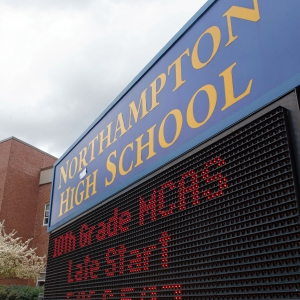 Karen Foster Cannon: Michael Stein does not speak for me
Karen Foster Cannon: Michael Stein does not speak for me Joseph Morse: So much to be thankful for
Joseph Morse: So much to be thankful for Letter: It's not Us vs Them
Letter: It's not Us vs Them
